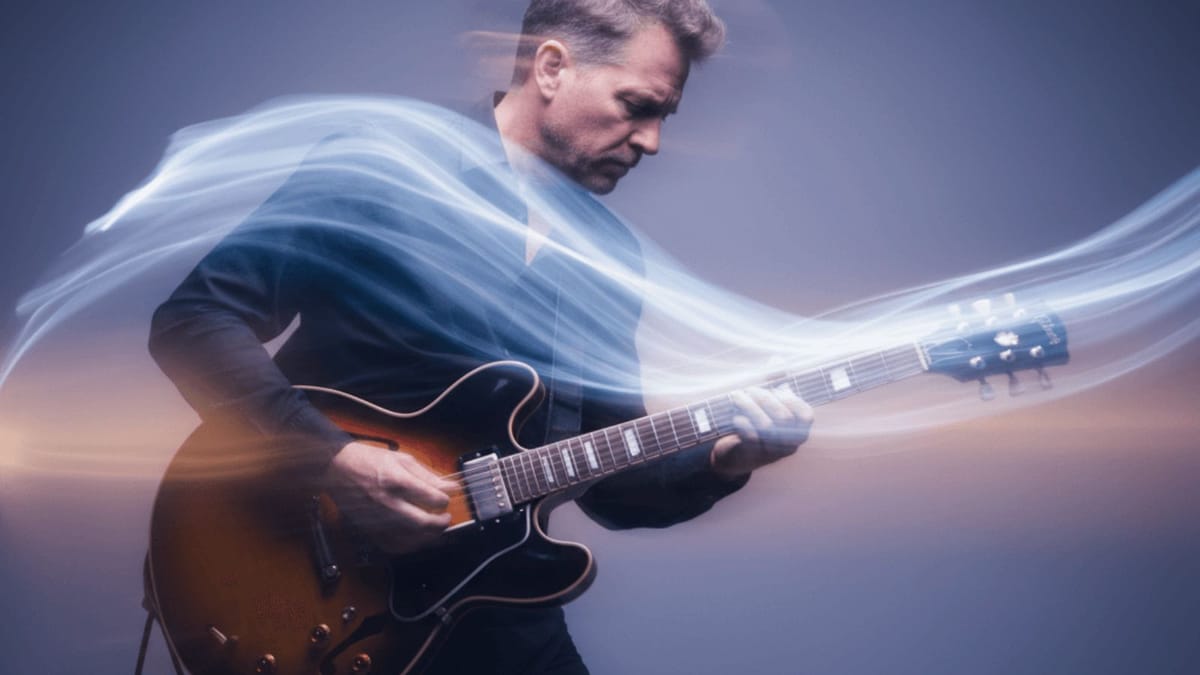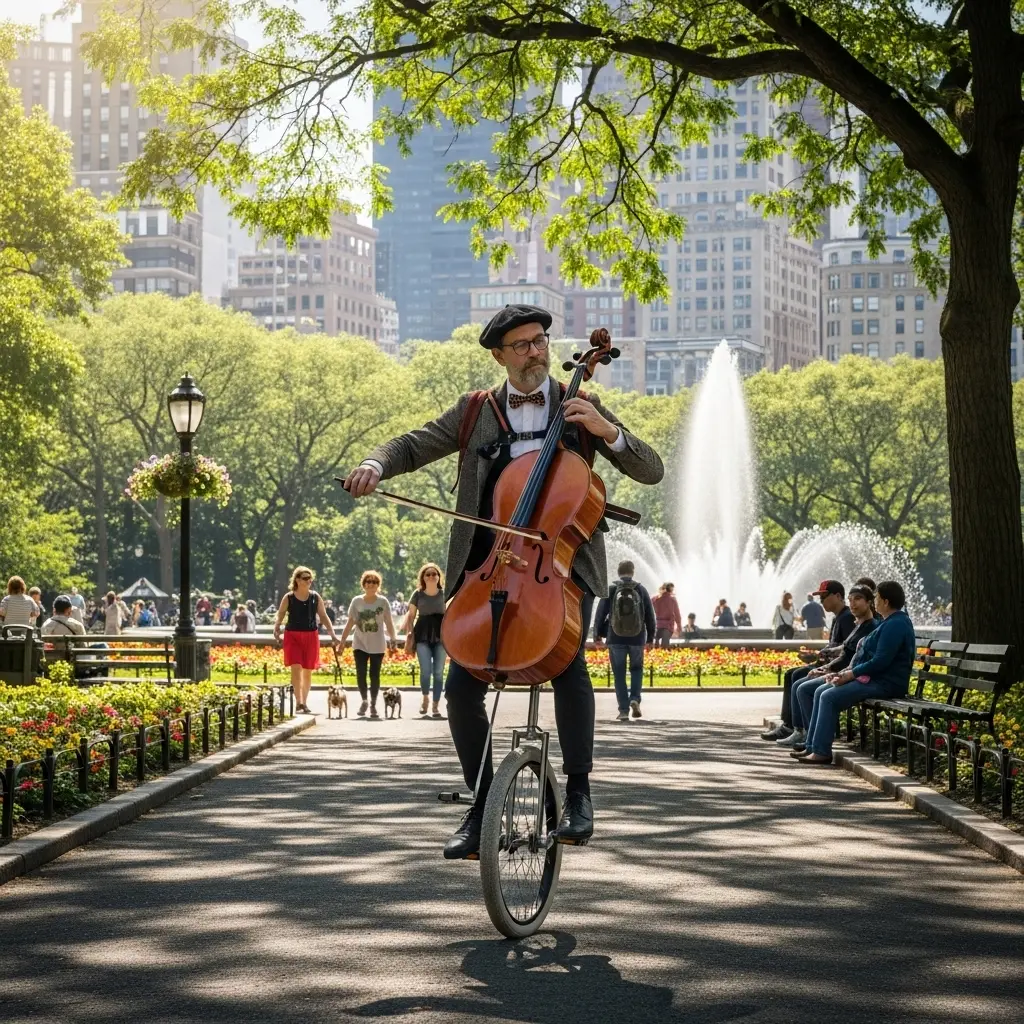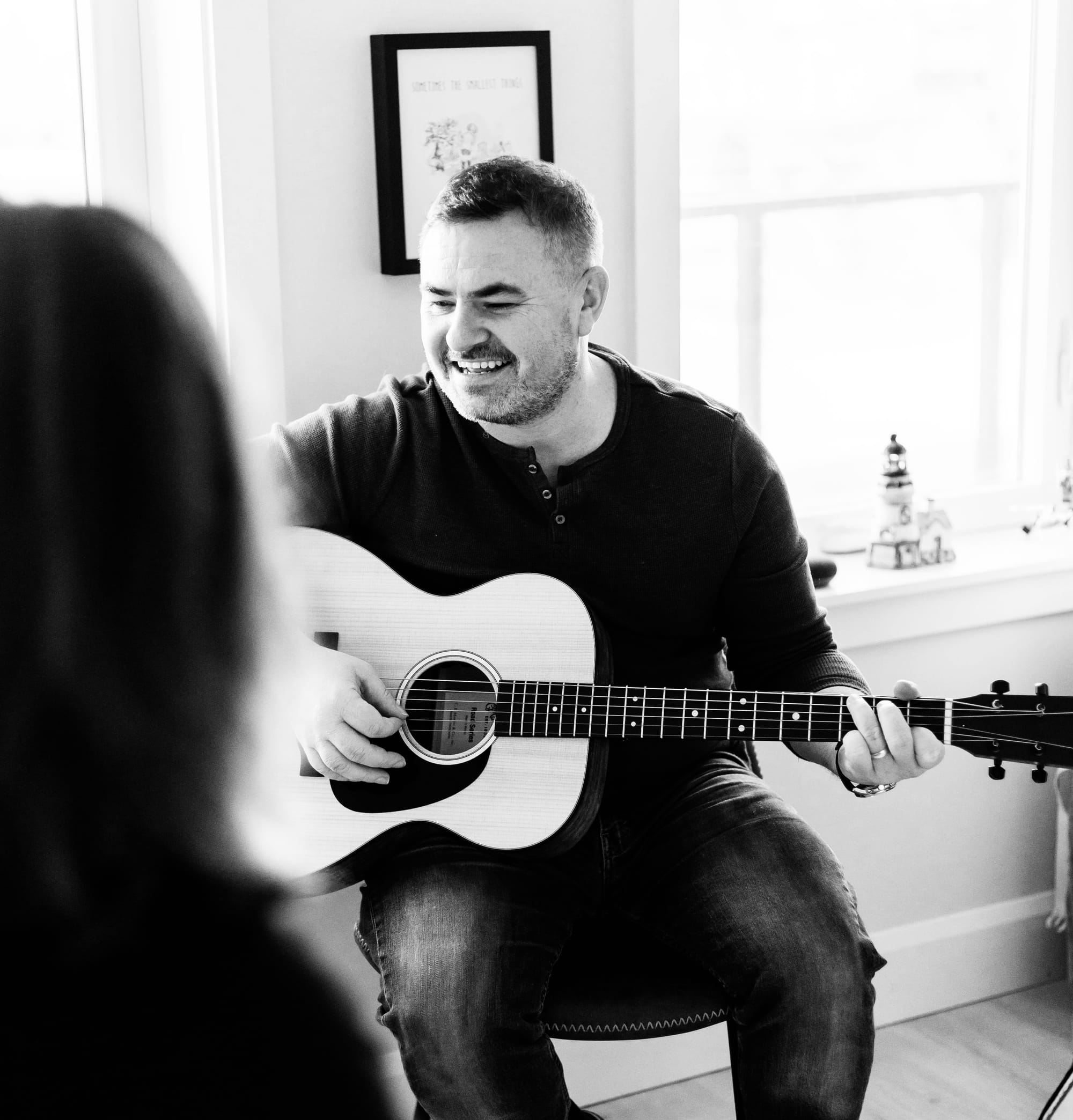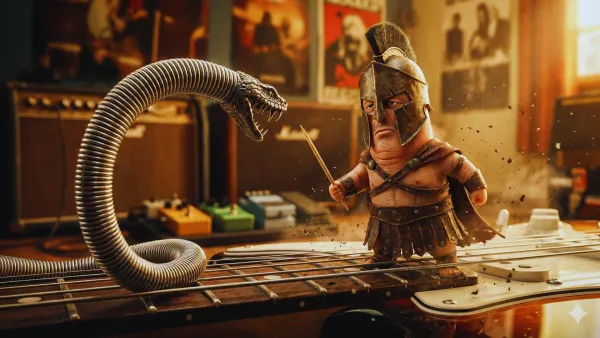Move Freely, Play Powerfully: A Musician’s Guide to Mobility + Stability
You can’t play with freedom if your body’s locked up. Learn how to play your instrument with more freedom and less tension.

Here’s the truth most musicians don’t hear:
When it comes to mastering your instrument or improving your playing, strength alone isn’t enough.
You can push through as many finger exercises or barre chords as your delicate tendons can handle. It never seems to be enough to find that balance between strength and overuse.
You may even often end up with tense hands, sore joints or worse full on movement dysfunction which prevents you from playing.
Many other musicians think the fix is flexibility. Stretch more, move the joints more often.
I see a lot of musicians avoid strength work for fear the muscles will become tenser and focus only on flexibiltiy. But flexibility alone is usually not enough .
You often need both and they have to work together.
Let’s break it down by looking at mobility and stability and why the relationship between both is so important for musicians to find that sweet spot.
What Is Mobility? (And Why It’s Not Enough On Its Own)
Mobility is your ability to move: to reach, bend, breathe, and shift without tension holding you back.
If you’ve ever stretched your shoulders, only to feel tight again 10 minutes later, you’ve run into the problem: passive mobility doesn’t stick unless it’s supported.
• Mobility is your body’s freedom
• But freedom without control is just chaos
• You want smooth, confident range not floppy limbs and wobbly posture
Think of mobility like guitar strings: if they’re too loose, they don’t make a sound. You need just the right tension.
What Is Stability? (And Why It’s Not Just “Bracing”)
Stability is your body’s control. The quiet strength that lets you move freely without falling apart. It’s your deep core, your shoulder control, your ribcage alignment when you take a breath before singing.
• It’s not about flexing hard. It’s about being ready to move.
• It’s what keeps your wrists from collapsing mid-barre chord.
• It’s what lets your diaphragm expand and support your tone instead locking up.
If mobility is the melody, stability is the rhythm. You need both to make music.
What Happens When You Train One Without the Other?
Here’s where most musicians get stuck: they overtrain one and ignore the other.
Too Much Mobility = Floppy, Fatigued, and Frustrated
• Flexible wrists, but no control → fretting pain
• Loose ribcage, but shallow breathing → vocal tension
• Lots of stretching, zero strength → still tight
Too Much Stability = Rigid, Stiff, and Shut Down
• Over-braced shoulders → blocked expression
• Gripping the core → no fluidity in phrasing
• “Safe” posture that actually limits breath and tone

Stability supports mobility. Mobility keeps stability from turning into tension.
Without both, you’re either overcompensating or overcorrecting.
How to Train Both (Without Losing Your Mind)
So how do you ensure your training both and addressing the balance correctly? The good news: You don’t need a fancy home gym. You don’t need to train like an athlete.
You just need to tune the body that plays the instrument. Just like you tune your instrument, small delicate tweaks until you find the right harmony.
Simple daily moves to unlock both freedom and control:
Mobility Builders
• Arm circles (slow + smooth, not flailing)
• Thoracic spine twists (think: moving from your mid-back, not your neck)
• Ribcage breathing: expand wide, not just forward
Stability Activators
• Bird dog holds: reach + resist, not just flail
• Standing reach returns: control the return, not just the stretch
• Wall scap slides: smooth up/down without neck tension
3–5 minutes a day. That’s it.
Cue it before practice. After warm-up. During breaks. Make it yours.
Bonus for Musicians Over 40
This routine works for you no matter your age. 3 - 5 mins is short enough to make a difference without over working your body.
If your over 40 though I have some bad new for you: Your body’s changed.
It's a hard reality to accept, I know trust me. I went harder than I should for years thinking powering through playing like I did before was the way.
Eventually my body would adapt. Until it didn't.
It broke and kept me from playing for almost a year.
The irony of being the guy who was treating musicians for playing related pain, himself sidelined because of not following his own advice wasn't lost on me.
It made me stop and reassess how I was playing, how I needed to respect my aging body and appreciate that playing guitar in my 40s required a unique approach and implementing key mobility/stability work to ensure I could keep playing for a long time.
So playing or even starting an instrument over 40? Not a problem, it’s an opportunity:
• You’ve got wisdom now. Tune into it.
• Mobility declines with age… unless you train it. Awareness of this puts you ahead of the majority of players who dont dress this and end up in treatment.
• Stability? Even more essential as joints loosen, posture shifts, and recovery slows.
You don’t need to fight your age. You just need to play smarter.
And smarter starts with body awareness.
Final Note: You Are the Instrument
Your guitar, your voice — they’re just extensions.You are the instrument. Your spine, breath, and balance are the source.
Move freely. Support wisely. That’s how you play powerfully for decades, not just years
You'll learn:
- The 7 Pillars of Guitar Posture that actually matter
- How to warm up properly
- Daily hand stretches to prevent tension and overuse
- Fretting and strumming technique that protects your joints
- A repeatable, pain-free practice routine for consistent progress
- Warning signs to look out for before pain becomes injury

F.P. O’Connor
F.P. O'Connor is a Musician and Movement Specialist whose work is informed by extensive training in Manual Osteopathy, Psychology, and Strength Coaching.
He is the founder of Gentle Octaves, helping adult players develop practical, science-based systems for ease, control, and long-term playing confidence.
Check out my whole system based on over 15+ years experience working with musicians.
FAQ
Q: Why do mobility and stability matter for a musician over 40?
A: Because stiffness, weak stabilisers, and postural drift increase tension and fatigue while mobility and stability keep your playing smooth, controlled, and pain-free.
Your body is the first instrument.
As you age, joints lose natural glide, stabilisers switch off, and subtle compensations creep into your technique.
The result?
- more tension
- quicker fatigue
- reduced control
- inconsistent tone
- slower recovery after practice
Improving mobility (movement freedom) and stability (control and support) gives you:
- better endurance
- lighter hands
- more precise fretting and picking
- less neck/shoulder pain
- a more efficient playing posture
It’s not about becoming an athlete it’s about restoring the physical foundation your technique depends on.
Q: Can I build stability without spending hours exercising?
A: Yes stability improves quickly with short, targeted routines done consistently.
Stability isn’t about heavy workouts, it’s about turning on the muscles that support your posture so your hands can relax. Five to ten minutes focused on hips, spine, shoulders, and wrists does more for your playing than a full gym session.
Why?
Stability training improves neuromuscular control — meaning your body learns to hold efficient positions without effort.
Less wobble = less tension downstream in the hands.
Think “little and often,” not “one big hero workout.”
Q: Does ‘mobility’ mean flexibility or stretching?
A: No mobility is active, controlled movement through your range, not passive stretching.
Flexibility is passive, think someone else could move your limb for you.
Mobility is active you control the movement.
For musicians, mobility matters because it:
- improves joint glide
- reduces stiffness
- supports cleaner posture
- prevents over-gripping and wrist collapse
- builds strength at the end ranges you actually use while playing
Mobility = strength + control + range. And it directly affects technique.
f you can move into a position but not control it, you need mobility work.
Q: When should I worry about joint pain rather than just mobility issues?
A: Sharp pain, swelling, tingling, or discomfort that lingers after your session are warning signs, not normal mobility limits.
There’s a clear difference between “stiff because I haven’t moved enough” and “my joint is irritated.” You should pause and reassess if you notice:
- sharp, stabbing pain
- swelling or redness
- numbness or tingling
- pain that spreads up or down the limb
- discomfort lasting hours after practice
- sudden loss of grip or control
Mobility routines are preventative tools: they don’t diagnose or treat injury.
If symptoms persist, it’s time to check your posture, technique, guitar setup, or consult a clinician.
Sources
Behm, D. G., & Chaouachi, A. (2011). A review of the acute effects of static and dynamic stretching on performance. European journal of applied physiology, 111(11), 2633–2651. https://doi.org/10.1007/s00421-011-1879-2
Chan, C., Driscoll, T., & Ackermann, B. (2014). Exercise DVD effect on musculoskeletal disorders in professional orchestral musicians. Occupational medicine (Oxford, England), 64(1), 23–30. https://doi.org/10.1093/occmed/kqt117
Brown P. (2012). Movement: Functional Movement Systems Screening, Assessing, Corrective Strategies On Target Publications. The Journal of the Canadian Chiropractic Association, 56(4), 316.
Kok, L. M., Huisstede, B. M., Voorn, V. M., Schoones, J. W., & Nelissen, R. G. (2016). The occurrence of musculoskeletal complaints among professional musicians: a systematic review. International archives of occupational and environmental health, 89(3), 373–396. https://doi.org/10.1007/s00420-015-1090-6
Shrier, Ian. (2004). Does Stretching Improve Performance?. Clinical journal of sport medicine : official journal of the Canadian Academy of Sport Medicine. 14. 267-73. 10.1097/00042752-200409000-00004.
Zaza C. (1998). Playing-related musculoskeletal disorders in musicians: a systematic review of incidence and prevalence. CMAJ : Canadian Medical Association journal = journal de l'Association medicale canadienne, 158(8), 1019–1025.





